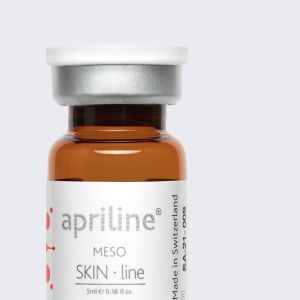Uses of Hyaluronic face fillersPosted by gina ella on December 28th, 2022  Emervel, Perlane, and Restylane, are all grouped into a category of dermal fillers known as Hyaluronic Acid Fillers, sometimes simply “HA Fillers.” Other brand names that fall under this category include Puragen, Elevess, and Juvederm, to name a few. So, what is Hyaluronic acid? Hyaluronic acid is a naturally-occurring substance in the body, found specifically in soft connective tissues as well as the fluid surrounding your eyes and in certain cartilage and joint fluids. Hyaluronic acid is extracted and reformulated to now become one of the most popular kinds of injectable dermal fillers; it is also used as an injectable treatment for aching joints in those with arthritis. What Are Hyaluronic Acid Fillers?According to board-certified dermatologist and dermatologic surgeon Dr. Michelle Henry, hyaluronic acid fillers are a type of temporary dermal fillers designed to reduce the appearance of fine lines and wrinkles. Unlike other anti-aging injections, HA—which is actually a sugar—naturally exists in the skin and is a key component in the skin's ability to retain water for a plump, hydrated complexion. When hyaluronic acid fillers are injected into the skin, facial plastic surgeon Dr. Phillip R. Langsdon—who is the Immediate Past President of the American Academy of Facial Plastic and Reconstructive Surgery (AAFPRS)—says that the filler attracts more water. In fact, it can hold up to 1,000 times its weight in water3—which ultimately lead to the appearance of naturally plump skin. For this reason, HA fillers are commonly used all over the face. While each type of HA filler has on-label areas of treatment—meaning the company specifically studied the product for use in the region of the face—Engelman says that many licensed and trained providers often treat off-label. “Off-label means the product was not designed to be used in that location,” she explains. That’s not to say that the results can’t still be favorable, rather it’s that they’re not yet approved to be. With this in mind, when it comes to getting off-label HA fillers, Engleman says it’s essential that you go to a reputable licensed, board-certified, and/or trained physician in order to steer clear of any avoidable adverse effects. “Without a clear understanding of facial anatomy, an untrained professional can nick a blood supply, damage a nerve, and potentially cause irreparable damages,” she warns. How long do Hyaluronic fillers last?As we age, we slowly lose volume in our faces. As children, our faces have a more cherub-like appearance, and this facial volume is associated with youth. However, as we age, we lose volume of both the bony structure as well as the fatty compartments of the face. Dermal fillers allow your doctor to directly address this loss of volume with a product that can build up the structure of the face and restore the volume that you desire. Just like any other skincare procedure, individual results will vary. “Some dermal fillers can last for 6 to 12 months, while other dermal fillers can last 2 to 5 years,” says Dr. Sapna Palep of Spring Street Dermatology. The most commonly used dermal fillers contain hyaluronic acid, a natural compound that aids in the production of collagen and elastin. Consequently, it also gives your skin structure and plumpness, as well as a more hydrated look. To give you a better idea of what you can expect in terms of results, Palep shares these longevity timelines for some of the most popular brands of dermal fillers, including Juvaderm, Restylane, Radiesse, and Sculptra. An etermis supplier estimated That people who buy etermis 4 confirm that it lasts A little over 12 months.
%MCEPASTEBIN% Like it? Share it!More by this author |


